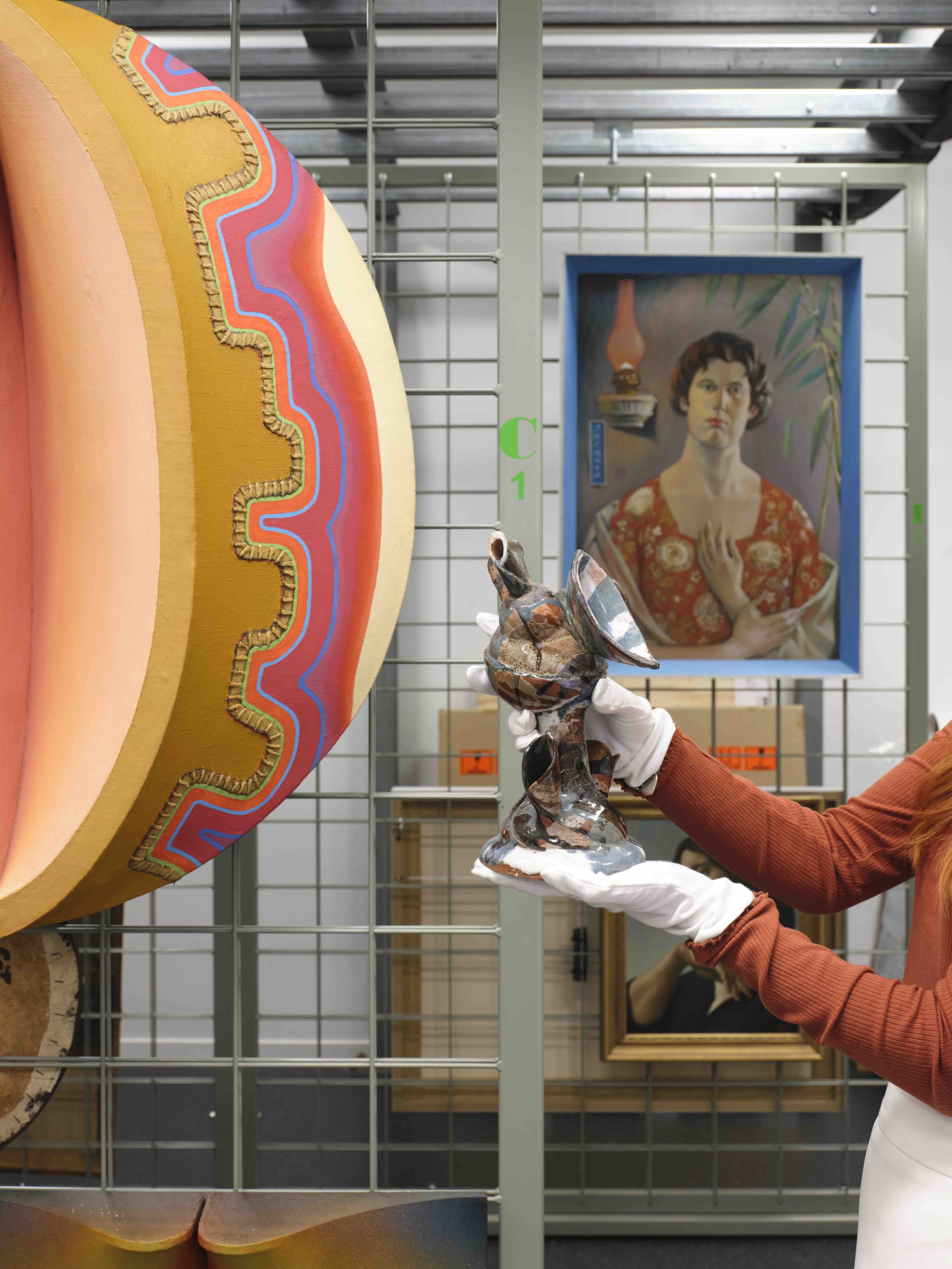Collections
The TAGT does not have an acquisitions budget but will accept gifts of art that are significant to the region and/or of national interest.
The TAGT holds a substantial collection of work by New Zealand artists Edward Bullmore (1933-78), Nigel Brown (b. 1949), and Dame Robin White (b. 1946).
The Gallery has been fortunate to receive a number of gifts for its collection.
Tauranga Art Gallery Trust
The Gallery is governed by the Tauranga Art Gallery Trust (TAGT). The Trust was formed in 1998 with the vision to establish a public art gallery to enhance the cultural life of the region.
The TAGT owns the art gallery site, building and all art gallery assets. Governance is undertaken by the Board of Trustees.
The Gallery is managed by the Director, who reports to the Trust Board.
Operational Funding
Tauranga Art Gallery is a Council Controlled Organisation (CCO).
The Council currently supports the Gallery with an operational grant of about 80 per cent of the Gallery's operating budget.
The remaining 20 per cent is generated by the Gallery via endowment interests, grants, sponsorships, retail and admissions by donation.

